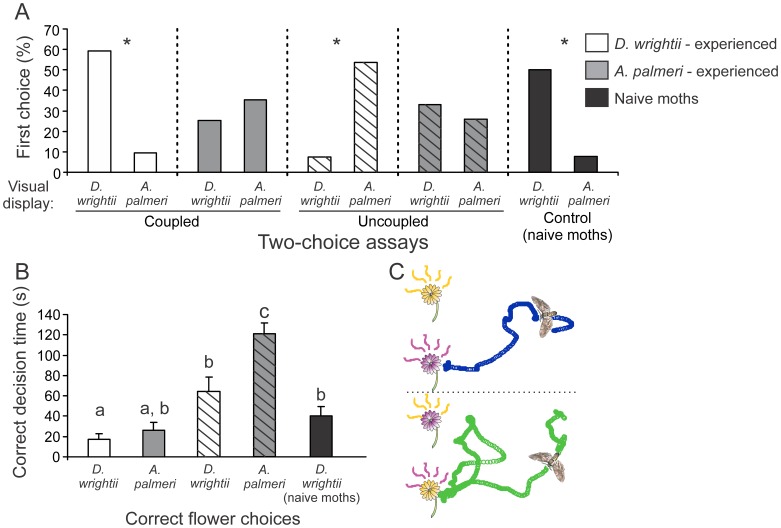Figure 9. The effects of coupled (solid bars) versus uncoupled (hashed bars) floral displays for experienced male M. sexta moths.
24 hours prior to testing, moths were assigned to one of three treatment groups: moths exposed to D. wrightii flowers (white bars), A. palmeri flowers (grey bars), or flower-naïve moths (black bars), and were re-tested the following evening. (A) Using either real flowers with their visual and olfactory signals coupled, or uncoupled, the percentages of moths (from the total number of moths tested) that chose D. wrightii or A. palmeri flowers. An asterisk (*) denotes a significant deviation from a random distribution (G-test: P<0.05). (B) The time moths spent flying before attempting to feed from the previously experienced olfactory floral cue. Letters denote a significant difference between two-choice treatments (unpaired t-test: P<0.05). (C) Two-dimensional flight tracks for experienced moths to coupled floral displays (top, blue circles) and uncoupled floral displays (bottom, green circles) in a flight arena. Circles correspond to video images captured at 0.033 s intervals. Moths were tested individually, with each two-choice treatment using different groups of moths.

